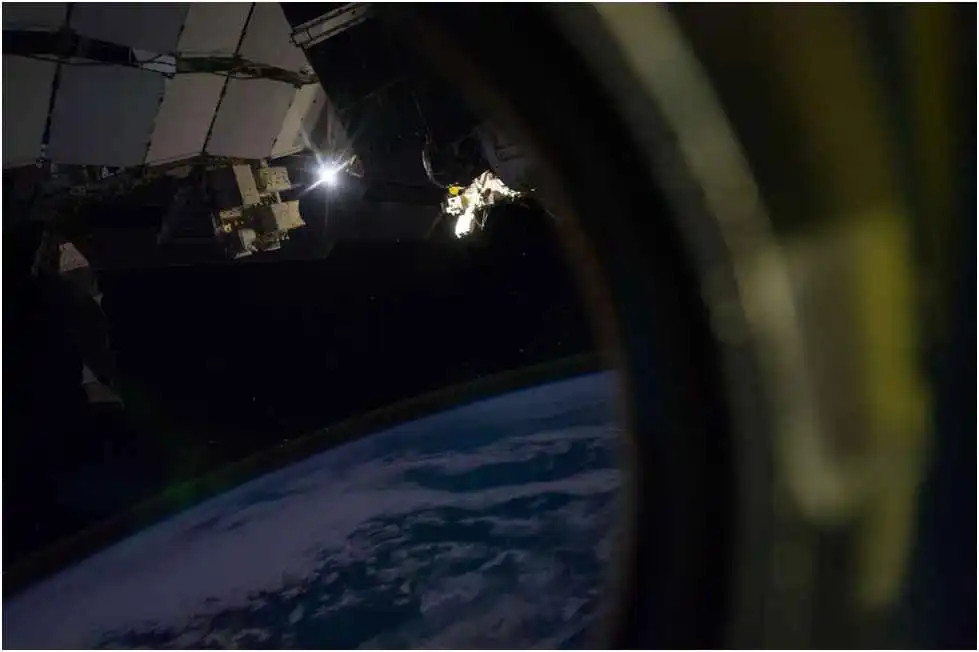A CubeSat camera has the capability of indexing all corners of our planet in real-time, so it can redefine how we analyze Earth intelligence. The first concept of a CubeSat camera was developed in 1999. Back then, professors from Stanford University and California Polytechnic State University wanted to give their students a chance to learn more about space exploration through a hands-on, affordable experience. CubeSat cameras are tiny optical payloads that offer great benefits for space exploration and research.
Why is CubeSat important?
As optical payloads for space missions, CubeSat cameras reduce the launch costs of a satellite or spacecraft because they don’t weigh much. Thus, hefting them doesn’t require too much fuel. Besides, engineers can also mount them on the same rocket with larger satellites, so they reach their destination as ride-share. This means reduced costs when it comes to maintaining the satellite in orbit too. A CubeSat camera is also important for space exploration and missions because it’s very affordable to design and develop. Besides, it expands access to outer space by providing accurate images of events. Using a CubeSat camera for space exploration and scientific purposes allows us to develop new technologies and demonstrate them. The technological advancements we have managed to achieve would not have been possible without the use of CubeSats cameras.
CubeSat camera payload design
A CubeSat camera is a 10-centimetre or 4-inch cube that weighs under 1.33 kilograms or 2.93 pounds. While it’s not expensive to design and develop this type of equipment, there still are design challenges that engineers face when working on it. For example, since it is smaller in size, a CubeSat camera is also very sensitive to space radiation. Some cease operations after a few weeks, whereas others last for a few months or a few years. Thus, a CubeSat camera is not designed to last for too long in space. It must have smooth edges and rails rounded to at least 1 mm, and no rail part should exceed the specification of 25% of its recessed rails. Last, CubeSat camera resolution must be very high so that the images received are clear and scientists can make accurate observations according to what they see.
What is the use of payload in satellite?

At first, the CubeSat payload was useful in satellites because it helped demonstrate different technologies and obtain valuable data. CubeSat camera works as an affordable and fast method of subjecting the most advanced space technologies to tests. Some imagers are installed on platforms using cold gas thrusters, which means they can adjust their orbit. They should open up the prospect of deploying constellations more rapidly, maintaining their separations, and being able to fly in formations so that they can perform new space measurement missions.
How is the payload related to the satellite mission objective?
The optical payload design of a CubeSat camera on a satellite is very important for space missions. The space industry uses CubeSat cameras in Earth’s low orbit for communications and remote sensing. If space engineers easily familiarize themselves with this kind of technology, CubeSats can start being useful for many other different applications. For example, whether we want to explore the Moon, the planet Mars, and even deep space, these small spacecraft instruments can change the name of the game. Further, a CubeSat camera serves as a source of inspiration when it comes to miniaturizing space equipment for space missions, as it provides whole new approaches to space integration. A CubeSat camera payload in a satellite makes space exploration more versatile and helps up discover our Solar System further.
CubeSat camera price
An average CubeSat camera cost could be around $60,000. This is tremendously less than the price of a whole satellite, which is usually millions of dollars. Launching a CubeSat camera costs about $600,000. If you have this money, you can join NASA’s CubeSat Launch Initiative and send your CubeSat into space. Note that the mission might last only 90 days, as this is the lifespan of the most affordable CubeSats. Of course, not all companies that manufacture space equipment and CubeSats charge the same price for it. CubeSats, priced at $60,000 or a bit more expensive, feature a wavelength camera, a long-wavelength microbolometer camera with infrared coverage, and a short-wavelength camera with infrared.
As an advanced and affordable optical payload system, any CubeSat camera is helpful for research facilities interested in space exploration. NASA, space agencies, and even private persons have CubeSats in Earth’s low orbit for scientific purposes. While some CubeSats don’t have the longest lifespans, the information they provide during their short-lived missions is still accurate and very important for humanity and the future of our planet in space.










